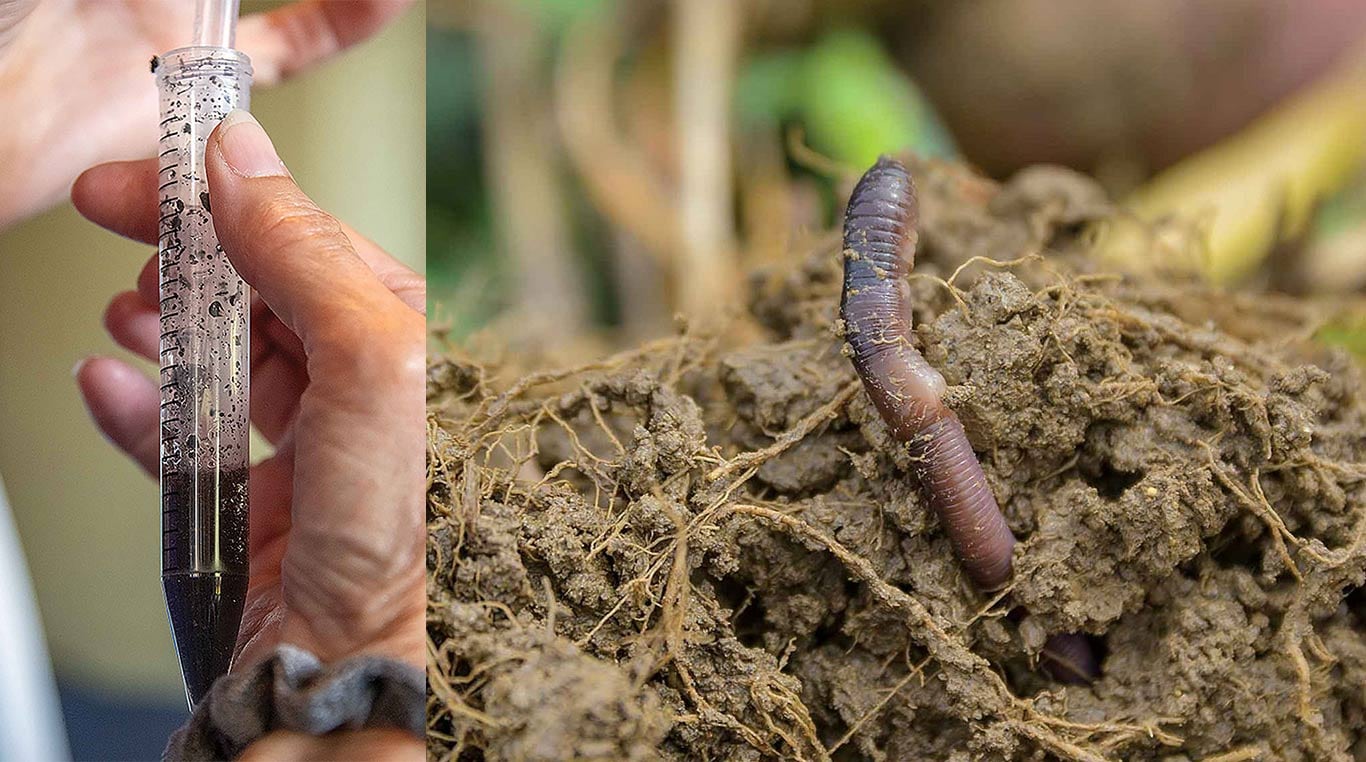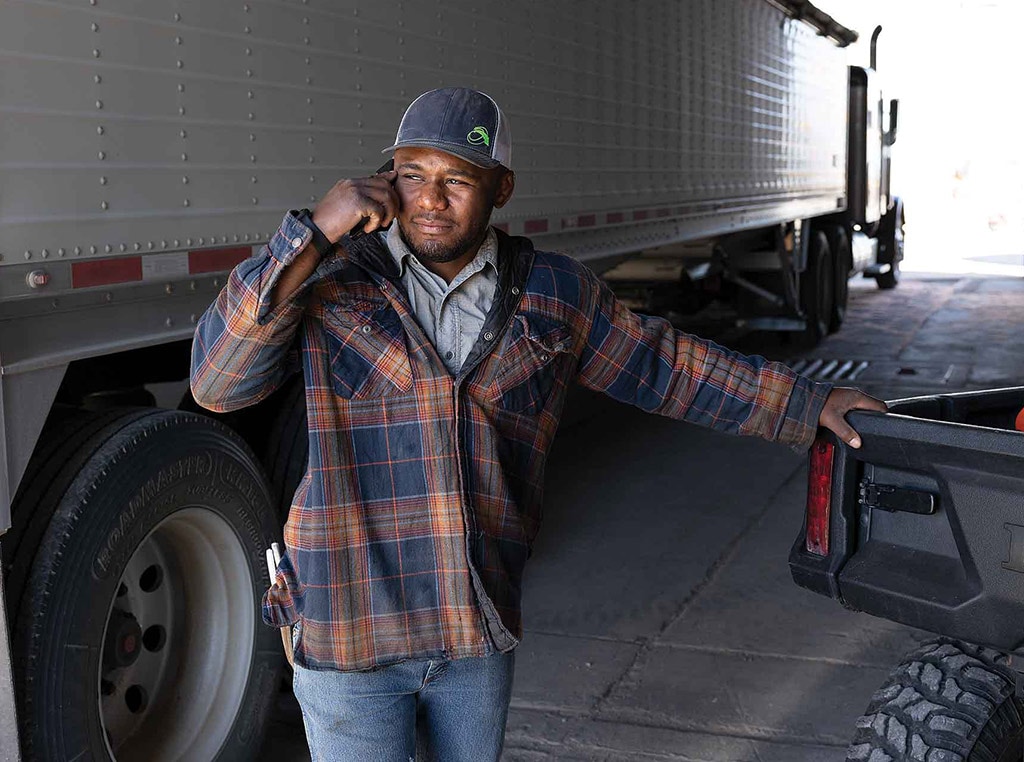Agriculture, Education February 01, 2023
Agent of Change: Elaine Ingham
Web Master
She changed the way we think about the ecosystem beneath our feet.
Elaine Ingham's big-picture view of the microscopic world in the soil has made her a huge influence on the world of soil health. Her explanations of the soil food web—the bustling ecosystem of bacteria, fungi, plants, invertebrates, and the chemicals they all use in their transactions among each other—have inspired a generation of farmers and made her a legend in many regenerative and organic circles around the globe.
Ingham's influence is rooted in both her commitment to science and her enthusiasm for sharing the story of what she is finding in her research. After publishing 85 peer-reviewed papers and speaking at countless symposia, her world is still full of wonder, teeming with organisms with personalities and agendas. Good and evil characters grapple for dominance ("Oh, there's Elaine with her good guys and bad guys," she laughs). Shark-like nematodes gobble up hapless bacteria and poop them out, releasing nutrients that get gobbled up by hungry plants.
In short, Ingham will go 12 rounds with anybody on the science of oligosaccharides and the chemical signals that plants use to jump-start chain reactions that free up insoluble nutrients. But she'll also light up when she describes how she wants to turn it all into a cartoon that will engage people with the story.
She's fun, and it's infectious.
But a cartoon about love and death in the soil is a hard sell, she admits: "Most people in Hollywood don't really understand how interesting this is."

Above. A drop of soil-laden water is home to bacteria, fungi, arthropods and more—and the chemicals they use to communicate. Soils are like forests, cycling through levels of succession as they get healthier and more mature.
New view. Ingham notes that early in her career, most of the soil science establishment didn't take to the idea of an active soil microbial ecosystem, either. In the late '70s, older faculty discouraged her novel approach to measuring soil microbial activity.
"They just said, 'absolutely not. Really, microorganisms don't do anything in the soil. They're just there,'" she recalls.
Just as frustrating, the believers in soil microbial activity almost exclusively studied pathogens.
"The common attitude at the time was that all microorganisms were bad," Ingham notes. "They cause disease. They cause problems. And I was like, 'wait a minute, guys. My husband [renowned nematologist Russ Ingham] is looking at nematodes...and 99% of them are beneficial. Only 1% are detrimental, and most of the time it's because we human beings have been doing something stupid to allow these pests or parasitic organisms to survive.'"
Moving to a multidisciplinary team at Colorado State University focused on soil ecology was the change she needed.
"There were a lot of people participating with their little bit of the puzzle," she says. "We'd sit and talk, and we would start putting it together."
Ingham started looking at the soil ecosystem as if it were a forest. Forest ecologists talk about succession, the way a meadow starts getting choked with shrubs, then fast-growing trees that thrive in sunny spaces, which eventually give way to climax vegetation like oak, fir, or redwood trees.
Ingham's research emphasizes the steps farmers can take to get their soils to higher levels of succession. A teeming plant and microbial community in healthy soil frees up nutrients. Life supports life. Properly made compost feeds the system, and good decisions create a balanced environment.
The good guys win.
Swashbuckling. Ingham was thrust into the spotlight over research from her lab on the potential effects of a genetically modified bacterium on other soil microbes. Global players turned it into a political debate, and she went out on her own as a speaker.
She launched Soil Food Web School, which offers training that ranges from single videos to a 150-hour certificate program. It has also become a home to young researchers from around the world passionate about soil.
The vibe is heavy on science with just a dash of swashbuckling anti-establishment enthusiasm.
"This is how nature's been working for the last 1 billion years," says Ingham. "How dare you say Nature doesn't know what she's doing! I think it's humans that don't know what they're doing." ‡
Read More

AGRICULTURE, SUSTAINABILITY
Agent of Change: Blake Vince
Sharing Your Knowledge
No one is a prophet in their hometown.

AGRICULTURE
Agent of Change: Zemua Baptista
Breaking Ground
A first generation farmer is breaking barriers.

